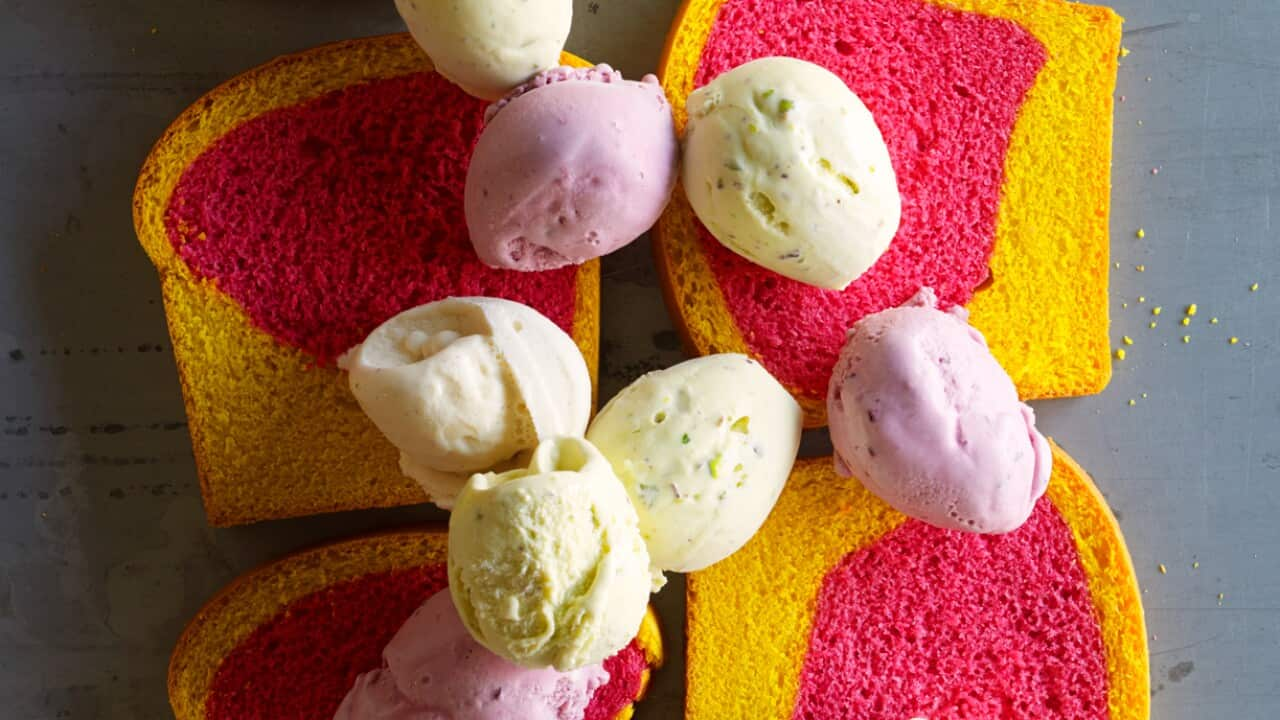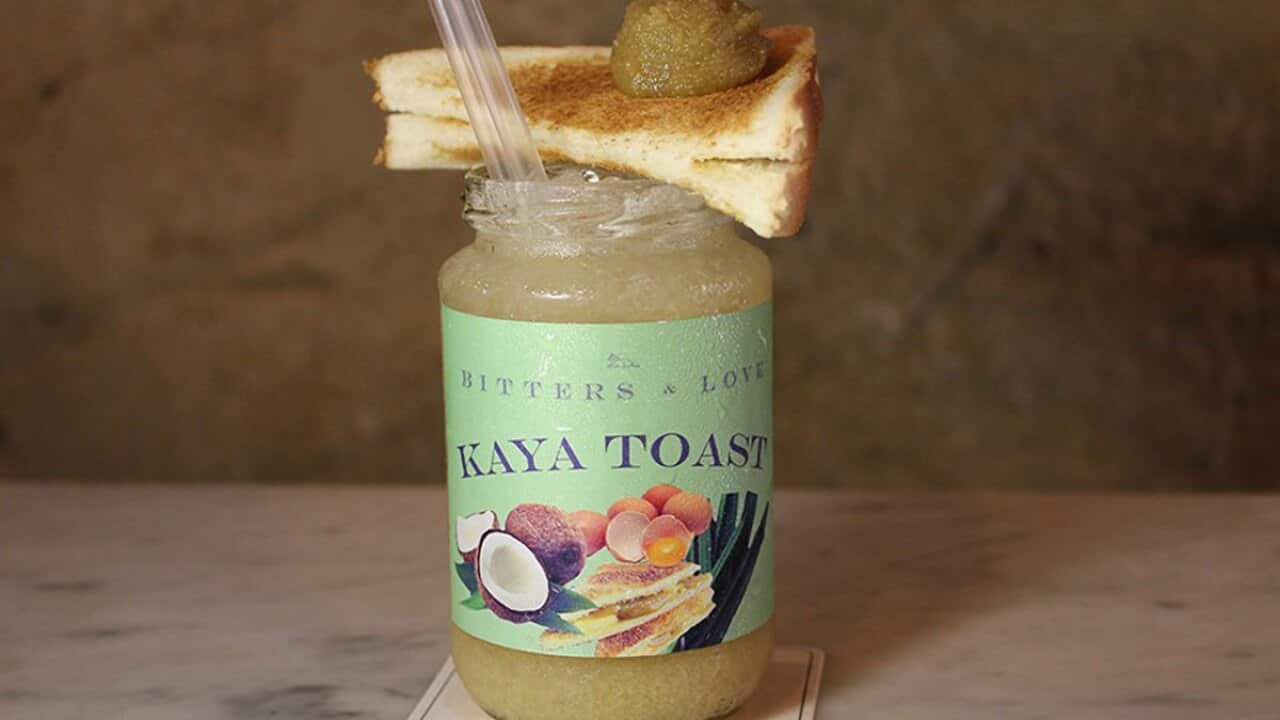--- Catch Adam Liaw's laksa adventure on on Thursdays at 9pm on SBS Food (Ch.33) and the via ---
Welcome to the vibrant snacking world of kueh (pronounced kway).
Whilst roaming the delicious streets of Singapore, during a recent visit, it was love at first sight. The vibrant colours intrigued me; the affordability and the fact that these snacks were everywhere made it impossible for me to not to try it. And when I did, the array of flavours had me hooked. Being dairy intolerant meant that these coconut-based treats were a welcome discovery.
I heard about kueh from my friends who live in Singapore, saw them listed at every hawker centre I visited and had the opportunity to explore this popular snack with a local. They’re sweet or savoury delicacies, bite-sized snacks and desserts of the Hokkien, Teochew and Peranakan cuisine and it was the into Singapore's food realm.
While there's a huge variety, kueh are generally bright and psychedelic and often gelatinous. They come in all shapes and sizes and could be a tart, cake, biscuit, pastry or pudding. While their concepts of ‘cake’ is slightly different from that of the Western styles, that doesn’t mean they are short of sweetness or flavour. Many are steamed rather than baked and some are also grilled or fried. Commonly you can expect ingredients of coconut, pandan and palm sugar built on rice flour, tapioca, glutinous rice or mung bean.
They’re snacks that require a little time and patience to make, but making your own is worthwhile. No one will say 'no' to homemade kueh, I’m telling you.
What I love about purchasing kueh (apart from the textural playground) is that it’s not confined to a certain meal, so you can enjoy them anytime, all-year-round day or night - my kind of food and they're everywhere spanning the counters of so many stalls and stores. There is no one recipe or style and you can also find similarities between versions across Malaysia, Thailand, Indonesia, Taiwan and Burma.
When I recently visited Singapore I was walking past stores where the queues stretched out the door, around the corner and onto streets. Bingo! These would be the places worth checking it out. If travelling and eating have taught me anything about queues it’s not about beating them it’s about joining them and so I tacked myself onto the end of a queue, all geared up for what snacks to select.
It was slightly overwhelming as there were so many to choose from and I wanted to make sure to test out as many as I could, luckily I had a friend to help me choose. With my filled plastic containers in hand, the one I really had my eyes on was the - pandan crepes filled with desiccated coconut. Let's just say they exceeded expectation.
Minding your kuehs - here's a little starter guide from my own kueh encounters.
The most common kueh found in Singapore. Made up of rice flour, tapioca, coconut milk this steamed multi-coloured treat is referred to as a "" even though it only has nine layers.
For longer-lasting kueh lapis peel each individual layer...
Green with delicious envy these pancakes get the pandan treatment. There's a slight crunch when you bite into your crepe from the grated coconut filling. Get the .

Channelling the lamington! This bouncy bite is made of tapioca and rice flour and is sweetened with palm sugar and rolled in fresh coconut.
shares these delicate little that are served over Chinese New Year. They're delicate, sweet and crispy and a whole tin can be consumed in one sitting... it's been done!

Kuih kapit (love letters). Source: Poh & Co.
What starts off as simple mashed potato turns into . Infused with pandan, filled with palm sugar and then rolled in coconut get these bites right .
With a sweet bean paste and peanut filling, these oval-shaped pastries have a glutinous rice flour skin and are moulded to resemble a turtle shell. Watch it here.
These little rice cupcakes are usually eaten with grated coconut and orange sugar and they open up like flowers when steamed.
Savoury glutinous rice cake dumplings are big! Pan-fried or steamed they hold a lovely pinkish colouring and can be filled with peanuts, mushroom, shrimp, garlic and soy.
Served in brown paper, these steamed rice cakes topped with preserved radish, chilli and sambal make a great hawker-style breakfast and a huge serve will set you back just a couple of dollars.
Also known as 'Top Hats' these crisp pastry shells are made using a special mould called pie tee. If making this at home wonton wrappers baked in a mini-muffin pan will suffice and these are generally filled with radish, yam and carrot. Get this . Watch Adam explores Singapore's sweet offering right here.
Watch Adam explores Singapore's sweet offering right here.






